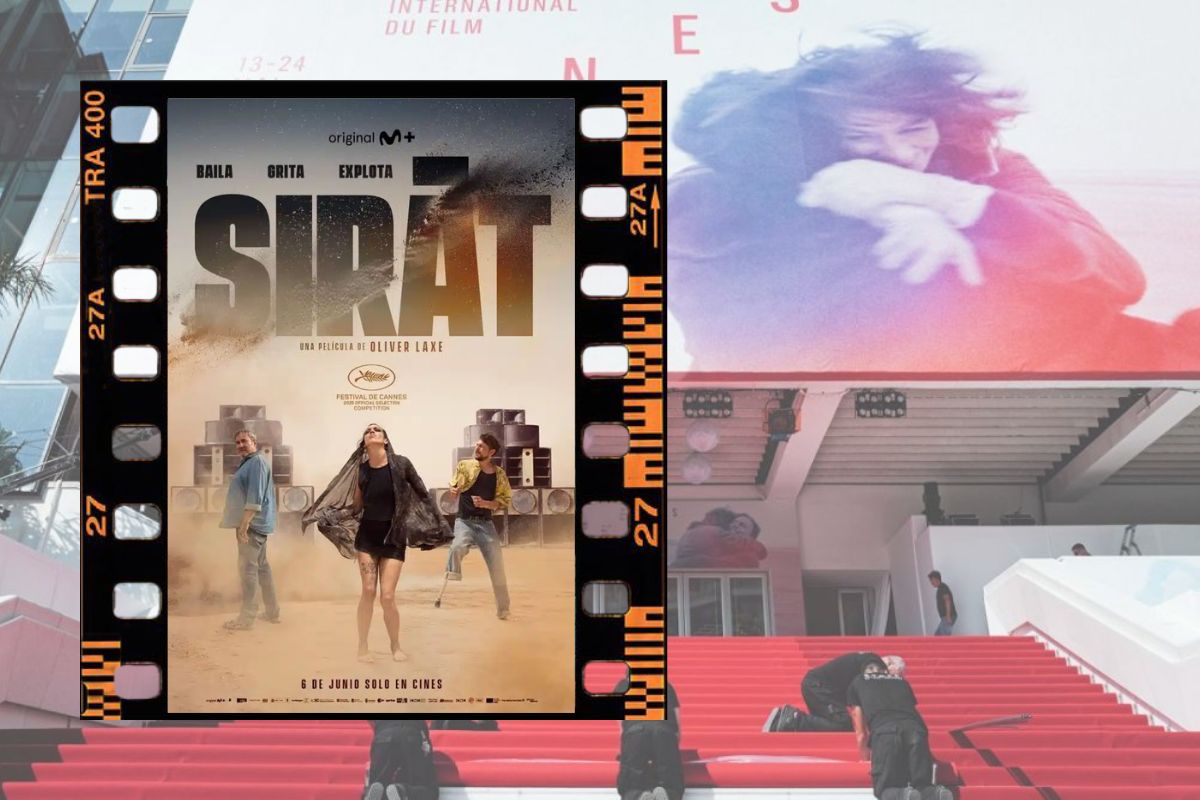
Published: : May 27, 2025, 10:26 AM

Behind all the glamour typically associated with a festival like Cannes lies a far more demanding reality for the film critic. Watching three or four films a day, and being expected to write about them under tight deadlines, leaves little room for slow reflection or careful digestion of what one has seen. Mediocre films—or those that inspire indifference, whether due to lack of ambition or excess of pretension—are often easier to write about.
Theoretically, a critic needs only the material on screen to formulate an analysis. Production context is often secondary. But “Sirat” might be an exception. Depending on how Laxe would justify his creative decisions, they could appear either completely misguided—or surprisingly inspired. Yet at the press conference, Laxe offered very little in the way of explanation. He stated simply that he prefers to let the film speak for itself.
Fair enough. But the impasse remains. “Sirat” presents one of the most bizarre and confounding screenplays I’ve encountered in years. The film begins as the story of a middle-aged Spaniard who travels to Morocco with his teenage son to search for his missing daughter, absent for months. The only clue to her whereabouts: a suspicion that she’s been attending electronic music raves in the desert—and a single photograph marked by a melancholic stare.
Father and son embark on a journey through the Moroccan desert, trailing behind a caravan of nomadic Spaniards and Frenchmen hauling massive sound systems en route to the next party. Nothing especially novel here—the classic road-movie elements are all present: a car stuck in the sand, flat tires, lack of fuel. These obstacles serve as a vehicle for personal growth and gradually reduce the emotional and cultural distance between the uptight father and the free-spirited outsiders.
Then, a tragic accident—still within the realm of plausibility—sends the narrative careening in a radically different direction. What follows is a cascade of increasingly absurd deaths, at times eliciting nervous laughter from the audience. At this point, the viewer is forced to ask: what connects this avalanche of events to the ethos of rave culture? Could the same story unfold at a rock concert or samba festival?
At one point, a character declares that “electronic music isn’t something you hear—it’s something you feel.” Fine. But if the film’s ultimate message is that the cost of that feeling may be catastrophic, should we all just become fans of classical music instead? Perhaps critics must reach for a metaphor to make sense of this delirious trajectory.
The film’s title, “Sirat”, refers, within Islamic theology, to the razor-thin bridge that separates hell from paradise, which souls must cross on the Day of Resurrection (“Yawm al-Qiyamah”). The symbolism is clear, even if its application remains elusive.
I remain suspended in the same ambiguity I felt walking out of the screening. And yet, that very discomfort became fuel for over 600 words and 3,500 characters, written in the chaos of festival life. This is why, as a critic and a viewer, I’d much rather engage with a film like “Sirat” than the countless well-meaning productions that never dare to take a real risk.
Writer: Brazilian film critic bringing insights from the 78th Cannes